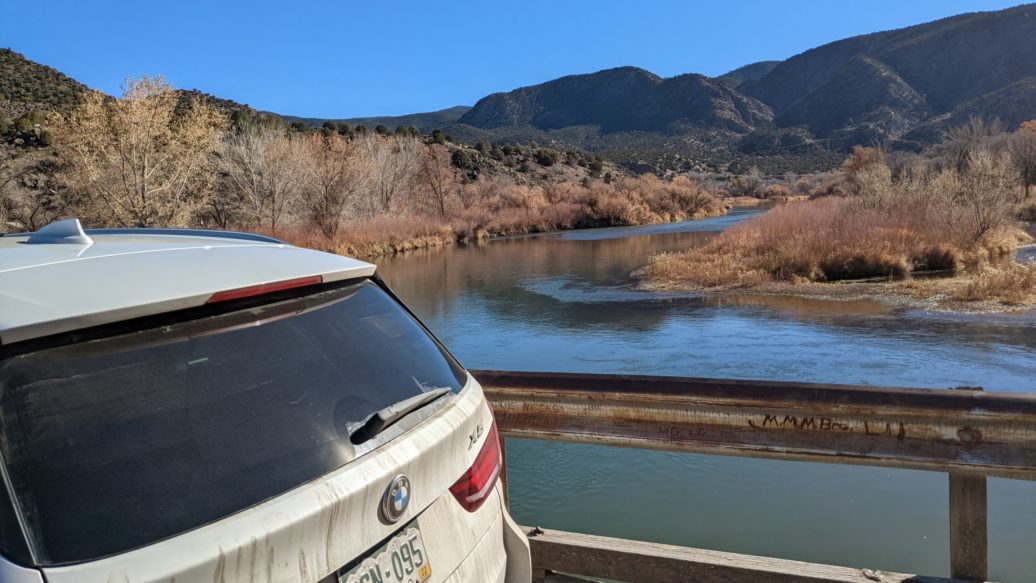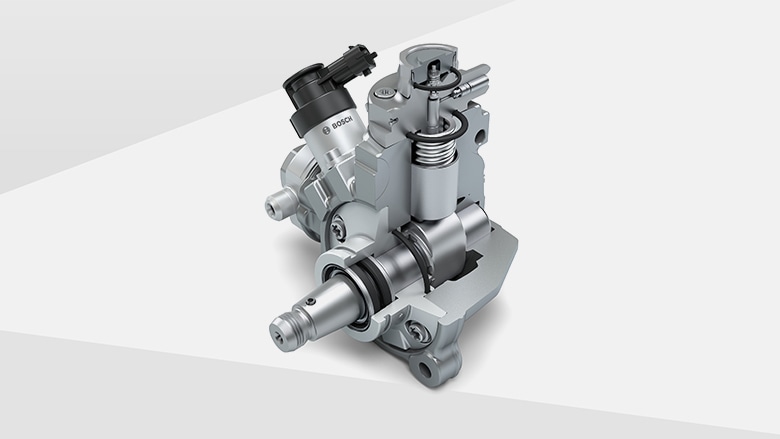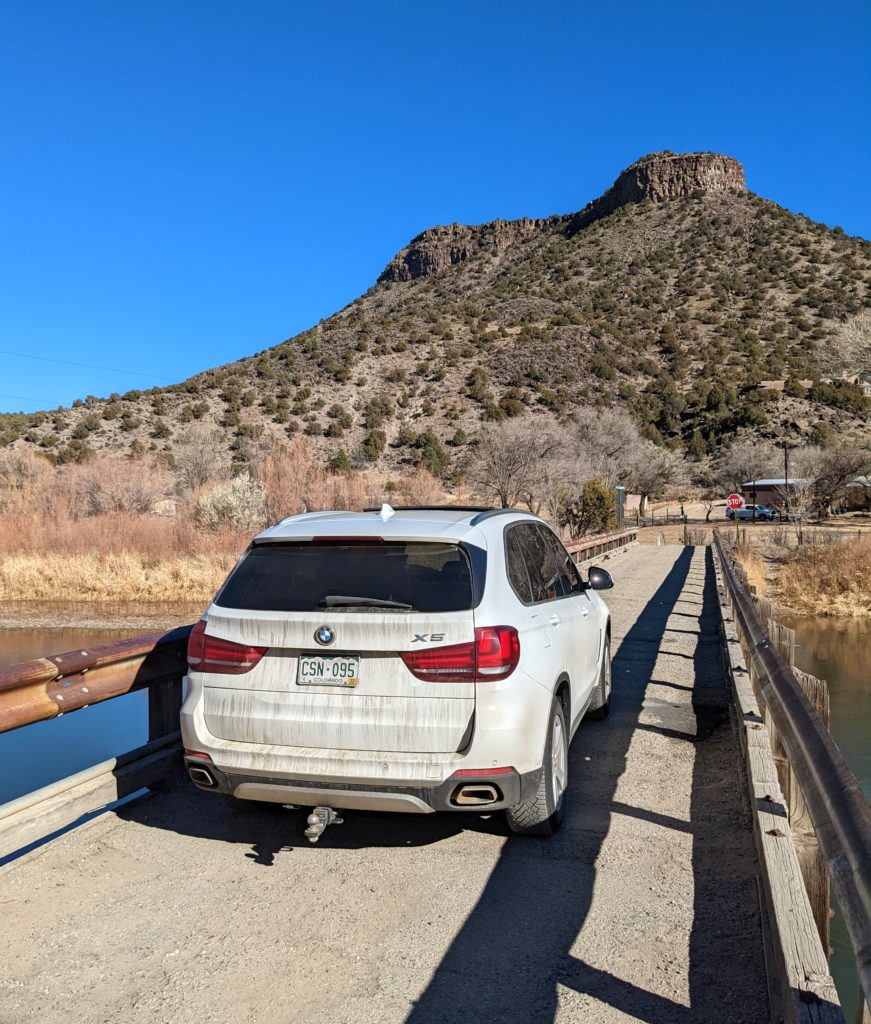The life of a software coder can be pretty hectic. Ever since that terrible Tuesday when the production database threw the first critical error that heralded its demise, I’ve had an enhanced interest in reading release notes. Perhaps my interest didn’t begin exactly on that Tuesday, because the repair efforts consumed most of the next ten days; but when I eventually discovered that we were specifically warned about the root cause of this disaster in upgrade instructions, my self-importance deflated far enough to let some learning occur.
We were moving pretty fast in those days—rushing headlong is more like it—and trust in our software vendors formed a significant part of our calculus for the go/no-go decision.
Ah, naiveté, how I miss you—until you come around again.
Even if I’m now somewhat jaded about software releases from big companies, I’m still a Pollyanna in other walks of life—buying used cars, for instance. I don’t mean the little stuff, like “Did the previous owners really do the services on time?” or “Does Carfax represent reality, accidents-wise?” No, I am not that gullible.
Instead, the quagmires I tend to walk into are of the “serious design flaw” sort.
That pattern goes like this: Some otherwise attractive model—irresistible model, really; I mean, I bought it, didn’t I?—will turn out after I buy it to have some well-known, talked-to-death, source-of-a-big-class-action-lawsuit, spawn-of-an-entire-subindustry-of-third-party-fixes flaw. Since I find these issues pretty quickly after the purchase, I’m not sure why I don’t check for them before the purchase. Whatever blinders I’m wearing fall off about the time I transfer the title.
Oh, you want examples? Here’s one: The flat six engines in Porsche 911s (except turbos) and Boxsters between about 1999 and 2006 have a goofy cam-drive setup. To be able to use the same head casting on both right and left banks, they needed to drive the camshafts from both ends of the engine. The solution, an intermediate shaft spinning in the block below the crankshaft, connects that crankshaft with the camshafts via chains at either end of the engine, one chain for the left bank and another for the right bank at the far end of the intermediate shaft.
The class-action-lawsuit problem here is that the forward bearing on the intermediate shaft fails, the cam timing goes all wacky, and then awful things happen (not to mention the metal chunks from the failed bearing circulating inside the engine). This potential fault just about kept me from driving the car until something could be done.
But after some more reading, and serial-number look-upping, and reviewing actual user experiences, I elected to not worry. Our engine ran without a hiccup for our four years and 40,000 miles. When we sold the car, the buyer knew enough to ask whether we’d changed the intermediate-shaft bearing, but he didn’t balk at my “No” answer.
Here’s another example: About a year ago I was searching for a diesel-burning X5 to replace our 2011 X535d, which had become rather fussy. I recall seeing an ad for a CPO 2015 about 400 miles away, and I remember that the car’s service records included something odd: New fuel tank. New injectors. New fuel lines. New fuel pump.
I confess that I sniggered when I saw that list, saying to myself, “Someone has filled that SAV with gasoline by mistake.” Before I had a chance to seriously consider buying it, something newer or nicer popped up closer to home, and the 2015 went off my radar.
Early this year, I got a 2018 X535d and starting putting miles on it. Then I found out about the Bosch CP4 high-pressure fuel pump on the N57 diesel engine.
Our 2011 X5 had the previous generation of the high-pressure fuel pump, the Bosch CP3. That’s a cast-iron lump with a simple oscillating block to activate the pumping elements. The newer pump is made of aluminum, with rotary-cam activation of the pumping elements. Certainly lighter, and probably more efficient, the new pump is one of the hundreds of changes made for the F15 generation of the X5.
I am confident that I’m enjoying better fuel mileage, less noise, and probably fewer emissions than I was in the older car. But it turns out that the CP4 has a nasty habit of sometimes getting its pumping pistons sideways to the cam lobes that drive them. When that happens, the CP4 starts shedding metal slivers into the fuel-system components, such as the fuel tank, the injectors, the fuel lines… and of course the fuel pump itself.
I didn’t know this until after I made the first payment on the loan. And my blinders had apparently been on the double-strength setting; I even overlooked the big purple flag of the 2015’s repair details. Situation awareness, that weren’t.
What should I do? Should I stop driving it? Can’t: It’s too good a road-trip car.
So now what? Just deal with the failure if and when it happens?
Good news: There’s a safety-related recall for the pump, so I should be covered for its replacement.
Bad news: The recall solution is not yet available.
Good news: If the current pump shreds itself before the recall gets under way, the owner-reimbursement program covers the whole fuel-system repair (as it likely did for the 2015’s repairs).
Bad news: I’ve got to worry for a while, especially when I’m away from home on a road trip.
I’ve taken to superstitiously screening my fuel stations (since there’s a suggestion that sub-standard diesel may be a trigger for the fault). You think Satch mapping out all the Shell stations between San Diego and Greenville is rather paranoid? I have to map the Shell stations that actually carry Shell diesel as opposed to some cheaper swill of unknown provenance.
What I should be worrying about is my blind spot (blinders sport?). It’s only a matter of time till it strikes again. But ontologically, what good would worrying do? The crux of the matter is that I don’t see these things coming.
Yeah, you should watch out for the thing you won’t notice.
Or just maybe it’s a defense mechanism. If I had known of the fatal flaws before I bought these excellent cars, I might have waved off—and deprived myself of the joy and satisfaction that both have provided.—Marinus Damm
[Photos courtesy Marinus Damm, Robert Bosch GmbH.]























